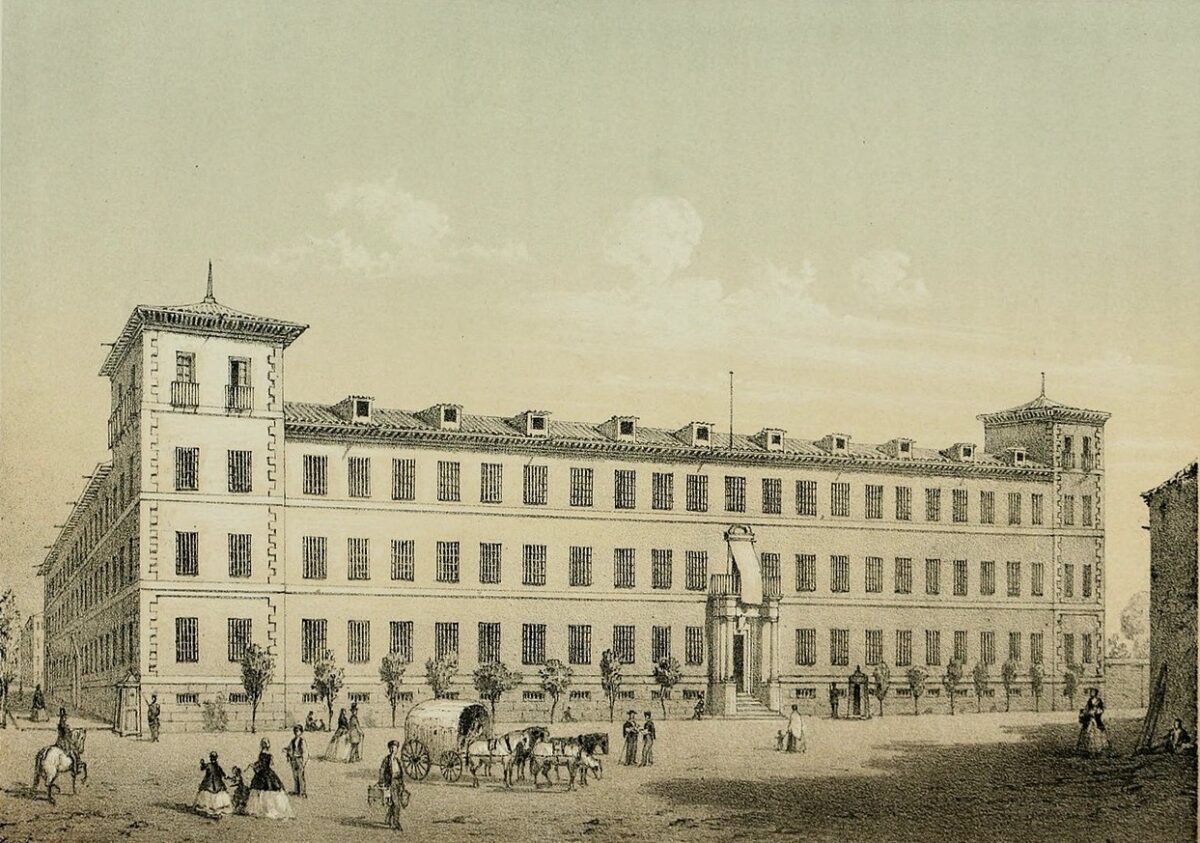La Gloriosa, the liberal revolution that rocked conservative Spain on its heels in 1868, forced Queen Isabella II to leave the country and ushered in an age of religious freedom. During this hopeful period, when only a smattering of Jews lived in Spain, European Jewish notables commended the Spanish authorities for having been open to progressive change.
Buoyed by the new mood of toleration in Spain, they attempted to smooth over the rough edges of Spain’s often turbulent and tragic relationship with Jews. They called for the cancellation of the 1492 edict of expulsion. They asked that Jews should officially be permitted to return to Spain. And they requested authorization to build a synagogue in Madrid.
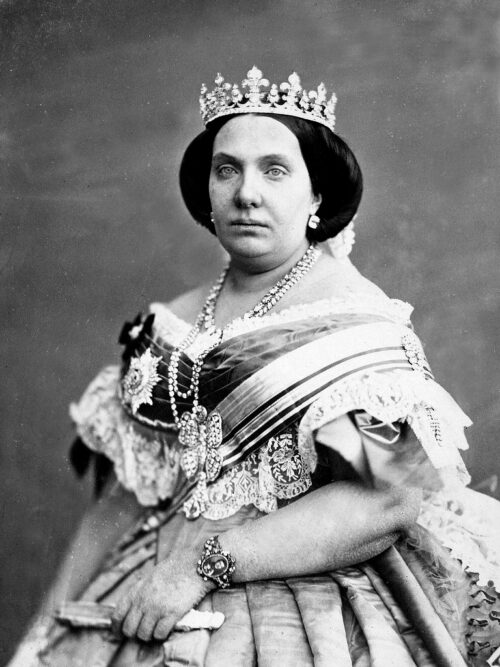
These interrelated issues could only be resolved by Spain’s parliament, but they were addressed in a flurry of correspondence between Jewish leaders and officials in Spain and reflected in articles published by the Spanish and French press.
Monica Manrique, a scholar who specializes in the history of Jews in Spain, has written an informative book on this topic, The Project Of Return To Sepharad In The Nineteenth Century (Academic Studies Press).
“Unfortunately, this issue has not been studied in depth by any historian, with most claiming that Jews did not intend to return to Spain, either because (it) was not attractive, or because it was dangerous,” she says. “Perhaps it has been overlooked simply because historians simply did not find the documents necessary to carry out this research.”
Manrique, who was a born into a family of Spanish diplomats, fills this gap by focusing on how Jews in Europe, as well as newspapers in Spain and France, handled this issue.
Jews expressed support for the revolution in Spain through the press and used the media to secure Jewish rights there. Manrique pays special attention to several newspapers in Bayonne — a French city close to Spain — whose stories appear to have been an accurate barometer of Jewish opinion toward Spain as it evolved toward democracy.
As she points out, the liberal Spanish press was somewhat interested in the issue of the possible return of Jews to Spain. “This sentiment was not always due to any fondness for them, but rather because they had carefully calculated that it was in (Spain’s) political and economic interest. Both the liberals and conservatives were equally antisemitic …”
The person most engaged in petitioning Spain for civic rights was Haim Guedalla (1815-1904), a British Jewish philanthropist and the president of the Sephardi community. Born in London of Moroccan stock, he was a grand nephew of Sir Moses Montefiore, a prominent businessman and early Zionist.
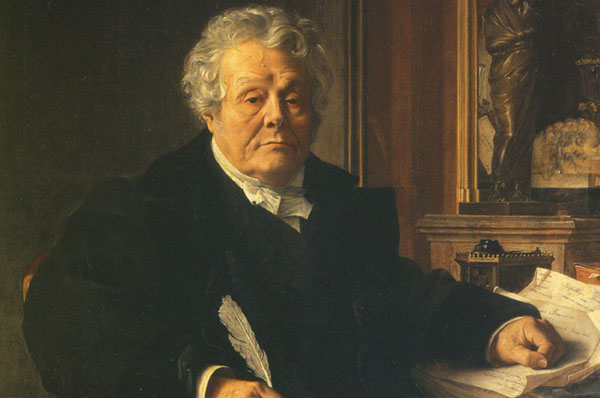
Guedalla’s efforts were supported by Isaac Adolphe Cremieux, a French Jewish politician who was the minister of justice from 1870 to 1871, during which time Jews in Algeria were granted French citizenship. Cremieux was also a founder of the Alliance Israelite Universelle, a charitable organization dedicated to assisting Jews abroad.
According to Manrique, Guedalla took the lead in calling for the advancement of equal rights for Jews in Spain. In addition to requesting permission to build a synagogue in the capital, he fought to rescind the infamous Alhambra decree so that descendants of Jews who had been expelled from Spain could return.
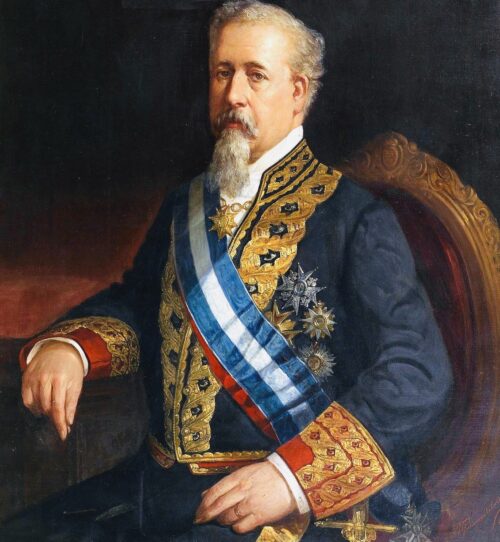
Toward the end of 1868, Guedalla received a note from Minister of Justice Romero Ortiz granting him permission to construct a synagogue. And in 1869, the Spanish minister of foreign affairs, Manuel Silvela, let it be known that he supported freedom of worship. Encouraged by their positive attitude, Guedalla presented the Jews of Madrid with a gold and silver Sefer Torah.
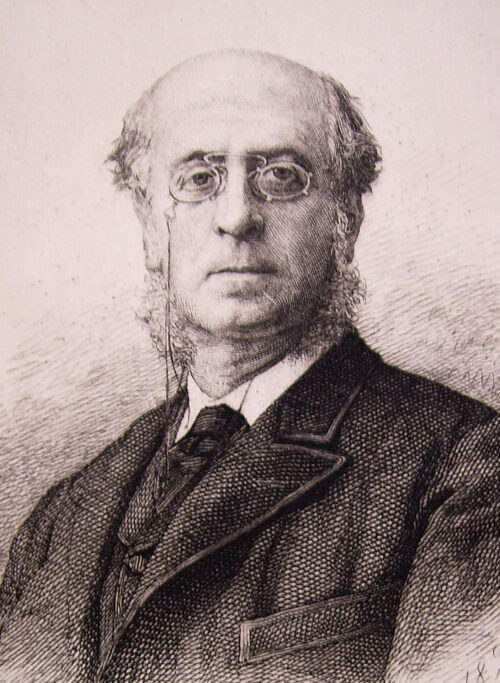
In fact, the first synagogue in Madrid was not built until 1917. Manrique suggests that the majority of Jews in Madrid believed that a shul was not necessary due to the city’s small Jewish population.
Some Jews, fearing that the new liberal government would not be sufficiently strong to fend off opposition from the Catholic church and other reactionary elements in Spain, preferred to wait until Protestants had gained their rights.
Their caution was understandable. Antisemitism in 19th century Spain was formidably malignant, having been stoked by centuries of religious fanaticism and intolerance. It was present in folklore, literature, customs and even in the language.
In the end, given the limited size of Spain’s Jewish community, the synagogue project was shelved, with private homes being used to hold religious services, says Manrique.
Nor was there a massive wave of Jewish immigration to Spain, even though Isabella II’s successor, King Alfonso XII, offered asylum to persecuted Jews in Russia.
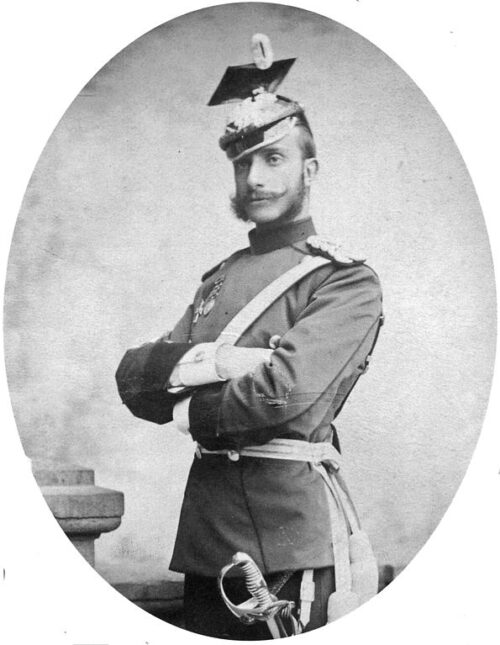
The Office was Inquisition, which administered the persecution and expulsion of Jews, was not abolished until 1934. And 34 more years would elapse before the Alhambra edict was finally rescinded.
Yet Guedalla’s work was not in vain. His reconciliation efforts led to what Manrique describes as “a significant rapprochement between the communities of Sephardic origin and Spain” and improved the status of Jews already in Spain.
Manrique explains these developments at length, though she sometimes omits valuable information that a reader would find useful.
She neglects to state the size, composition and leadership of Spain’s 19th century Jewish community. She does not bother telling us what the attitude of the Spanish elite was toward the official readmission of Jews. And she tells us precious little about Guedalla, whose ambitious project never came to fruition.
Despite these serious lapses, she has shed light on an important footnote in Spanish Jewish history.
